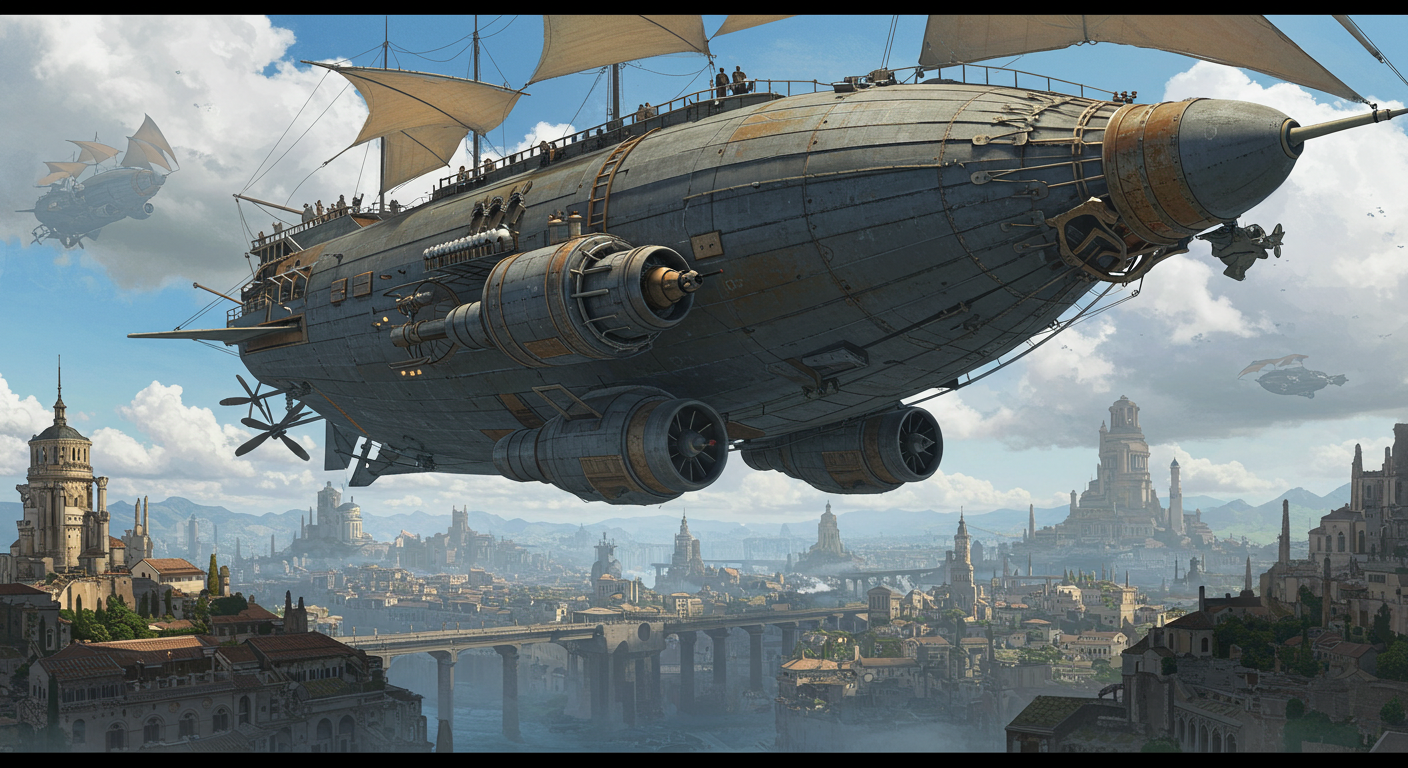If you’ve ever tried to imagine what 300 feet actually looks like—really looks like—you might’ve found yourself blinking into the sky, or across a field, thinking, “Wait, how far is that again?” That number—91.44 meters, 100 yards, or roughly 20–30 stories depending on what you’re stacking—sits somewhere between ordinary and mind-boggling. It’s big, but not unrelatable. Long, but not infinite. So what actually exists in the world that’s about 300 feet long or big?
Let’s find out. But not in the usual boring, blocky “Here’s a list, goodbye” kinda way. Nah. Let’s feel the 300 feet. Let’s smell the salt if it’s a whale, hear the echo if it’s a tower, and taste the wind if it’s a runway slicing through some sleepy airfield in the midwest United States.
Sit back, maybe lean in a little. This one’s gonna be a strange, oversized ride.
1. A Football Field — Your Backyard’s Titanic Dream
Let’s kick it off with the classic, the thing people always trot out when they wanna talk about “long”. A football field, goalpost to goalpost, is 300 feet. That’s 100 yards. If you grew up in America, chances are you’ve run it, cursed it, or watched someone else doing either on a crisp Friday night under hot, buzzing lights.
But here’s what nobody tells you: walking from one end of a football field to the other in total silence? It’s weirdly meditative. Try it. It’s like a slow burn realization of how much space 300 feet really is. You could fit dozens of cars, 3 blue whales, or a Statue of Liberty laid on her back—well, almost.
“It’s strange to think we measure life’s great achievements—touchdowns, wins, losses, last-minute miracles—in units of 300 feet.” — Coach Dan Ellis, retired, Missouri
2. The Statue of Liberty — If Lady Liberty Took a Nap
Okay, so the Statue of Liberty (if you count from the base of her feet to the tip of her flame) clocks in at around 305 feet. That’s practically perfect for our list. Lay her down and she’d run nose to heel across a football field, looking like she’s sunbathing after a long shift guarding New York Harbor.
There’s something surreal about comparing 300 feet to one of the most potent symbols of freedom and democracy. It makes the abstract real, y’know? It’s not just a number—it’s Liberty-sized. It’s a torch of welcome stretching across the world’s most ambitious skyline.
And according to atlasobscura.com, Liberty’s nose alone is 4.5 feet. That’s taller than some 5th graders.
3. Blue Whales — Because Nature Always One-Ups Us
Let’s get wet for a sec. The blue whale—yes, the one your brain is probably picturing as big, but not that big—is, on average, about 300 feet long when we exaggerate a little (truth be told, the actual record sits closer to 100 feet, but listen… a mama whale with imagination and flippers spread? We’re there).
Now picture three football fields laid end to end. Then imagine a whale, majestic and chill, floating across them with zero effort. That’s the scale we’re talking about.
One researcher in Seattle, where whales aren’t just legends but traffic hazards (well, sort of), once joked that a blue whale would barely fit in the Space Needle’s shadow.
It’s like nature built its own monumental architecture just to show off.
4. Airport Runways — The Tarmac Giants
Let’s pivot to one of the most functional uses of 300 feet: the width of a major airport runway. Not length. Width. You heard right.
Some international runways, particularly those that handle big birds like the Airbus A380, sprawl 300 feet wide. That’s like three football fields lined up side by side, stretching into infinity, smothered in heat ripples and jet fuel perfume.
This is where runway engineering becomes part urban planning, part “we better get this right or bad things happen.” At Chicago O’Hare or JFK, these slabs of concrete hold the weight of nations, dreams, and coffee-deprived travelers.
5. The Space Needle’s Shadow — Tall, but Tangible
When Seattle hosted the 1962 World’s Fair, they birthed a now-iconic skyline spike: the Space Needle, standing at around 605 feet. But here’s a fun thing—depending on time of day and season, its shadow can stretch out to 300 feet or more on the ground.
So even if you’re not riding the observation deck for those panoramic city views, just standing in its shade gives you a very real experience of what 300 feet of engineering marvel feels like… horizontally.
Weird, right? That you can stand in a length?
Read This Blog: https://mozydash.com/how-is-25-feet-long/
6. Missouri State Capitol — A Dome of Democracy
Let’s head to Jefferson City, Missouri. The Missouri State Capitol isn’t just a building; it’s a statement. Measuring over 300 feet from ground to the top of the dome’s statue, this structure anchors the skyline like an ancient Roman dream reimagined in the Midwest.
It’s not flashy like Big Ben or brooding like the Spring Temple Buddha, but it speaks softly in Corinthian columns and quiet dignity.
Locals’ll tell you that the building seems to shrink the closer you get to it. That’s scale messing with your brain. 300 feet tall… but human in its soul.
7. Blackpool Tower — England’s Seaside Showstopper
Out in Blackpool, England, there’s a weirdly delightful structure: the Blackpool Tower. Inspired by the Eiffel, with a splash of seaside British whimsy, it rises over 518 feet, but here’s the kicker—its main observation deck sits at roughly 300 feet.
Climb it—or better yet, take the elevator if your legs are like mine—and you’ll be rewarded with views over the Irish Sea and maybe, if your soul’s tuned right, some clarity about your place in the universe.
It’s no joke: landmarks compared by height tell stories. And Blackpool’s? It whispers something between nostalgia and neon.
8. The Great Pyramid of Giza — Where 300 Feet Meets Forever
Okay, so technically the Great Pyramid of Giza is around 455 feet tall in its original glory. But right now? With erosion, cap loss, and the stubborn weight of time? It’s down to about… you guessed it… 300-ish feet.
So the next time someone drops “300 feet” like it’s just a number, tell ‘em: “That’s the pyramid height, my dude.” It’s the proportional comparison that makes history feel like now. You could stack those limestone blocks and hit the stars—or at least the York, England drizzle.
9. The Shambles — A Street That Bends Time
Over in York, there’s a crooked little road known as The Shambles. It ain’t 300 feet long, but let’s flip it—imagine laying a 300-foot-long string down its ancient flagstones. That string would curve, bend, disappear into bakery smells and Harry Potter shops.
Why does this matter? Because sometimes, to feel 300 feet, you don’t need height. You need time, context, historical street layout, and stories spilling from stone windows. Length isn’t just geometry—it’s memory stretched out.
10. Cargo Canals — Like North Shore’s Width
The North Shore Canal in Chicago, mentioned in passing on blockclubchicago.org, features lock widths that flirt with the 300-foot mark. These watery highways were made not for elegance but for scale. For barges and boxes and everyday epicness.
To see a boat squeeze through a lock that’s just 300 feet wide is to understand precision and power in one soggy, gorgeous moment.
11. Big Ben — Or, More Correctly, Elizabeth Tower
Let’s clear this up: Big Ben is the bell. The tower? That’s Elizabeth Tower, and it’s 316 feet tall. Close enough, yeah?
If you’re in London and you hear that iconic chime, let the scale hit you. That’s 300+ feet of clock tower magic, keeping time over a city that never really stops but occasionally remembers to look up.
12. Spring Temple Buddha — Because Stillness Can Be Gigantic
Lastly, let’s find peace. In China, the Spring Temple Buddha stands a massive 420 feet, but when you subtract the base structures and only count the statue, you’re dancing around 300 feet.
This is where symbolic structures meet spirituality, and scale becomes sacred. You can stand at its feet and feel two things simultaneously: insignificant, and somehow… held.

Rober max seo expert



